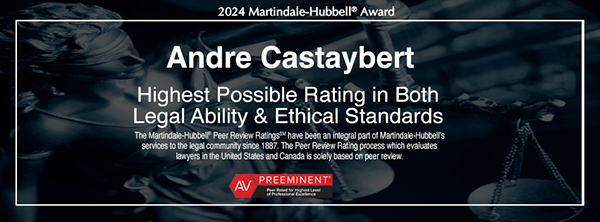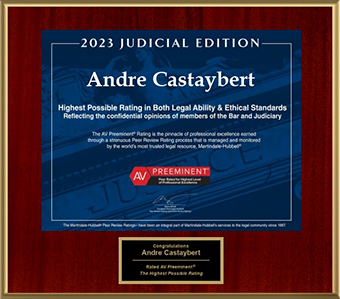“Art2-D2” Created a Masterpiece: Who Owns It?
With the help of advanced algorithms, machines are now capable of producing intricate, compelling works of art. As a result, new legal issues have begun to surface regarding the rights to these works. How should attorneys approach copyright issues, draft licenses, and manage disputes regarding robotic art?
Jessica Fjeld and Mason Kortz, of the Cyberlaw Clinic at Harvard University, authored a Comment entitled “A Legal Anatomy of AI-generated Art,” which seeks to help practitioners prevent and address conflict associated with this emerging field. The first part of a two-part series on the legal implications of robotic art, the Comment outlines key definitions related to the process by which the art is generated. Fjeld and Kortz maintain that “when the parties to an agreement or dispute share a common vocabulary and understanding of the nature of the work, many areas of potential conflict evaporate.”
In addition to explaining what exactly AI-generated art is, the “Legal Anatomy” defines the following terms:
- Input – the existing artwork that is “fed” to the machine in order to train it
- Learning Algorithm – the learning system that identifies and analyzes relevant characteristics of the Inputs, creating a data structure that forms the basis of the Trained Algorithm
- Trained Algorithm – the component that uses the data structure produced by the Inputs and Learning Algorithm to create probabilities and operations that form the basis of the Outputs, or generated art
- Output – the result of the operations of the Trained Algorithm, which takes a form recognizable to the human eye as art
Click here to read the Comment in full. The second Comment in the series, which provides practitioners with insights regarding copyright interests and AI-generated art, is yet to be published online.
To learn how Castaybert PLLC can assist with art law matters, please click here.
To learn how Castaybert PLLC can assist with intellectual property law, please click here.









